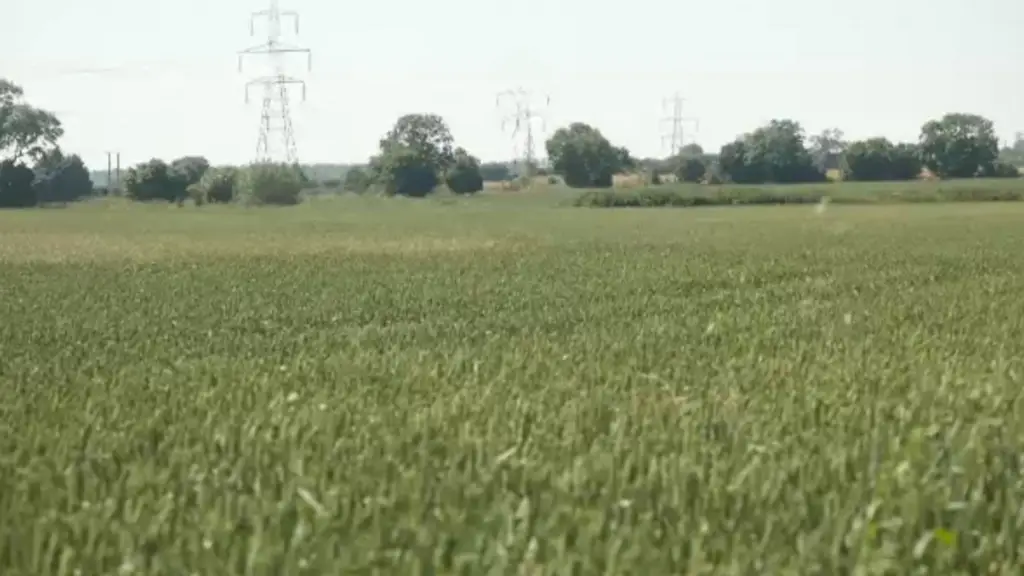Oxford’s southern boundary, Grenoble Road, has become a focal point of intense debate. On one end, the government is pushing for rapid housebuilding. On the other, local voices argue for the preservation of the scenic Oxfordshire Green Belt.
As Oxford faces the pressures of a booming economy and rising housing demands, differing perspectives clash over the future of this key area.
The Essence of Grenoble Road
Grenoble Road marks the southern boundary of Oxford. On one side, it hosts the expanding Blackbird Ley’s estate, a science park, and Oxford United’s Kassam Stadium. On the other, it overlooks the scenic Oxfordshire Green Belt.
Introduced in the 1950s, the Green Belt concept aimed to prevent urban sprawl. It ensures cities remain both practical and pleasant, offering residents access to the great outdoors.
Calls for Preservation
Michael Tice, from the Campaign for the Protection of Rural England, has been campaigning since 1993. He believes current planning laws are too lax, and recent developments at Grenoble Road prove his point.
Michael mentions that 80% of people in Oxfordshire support the Green Belt. He argues that the current planning decisions are too permissive, even for picturesque sites.
“If you held a vote, the Green Belt would get twice as many votes as Labour,” says Michael.
Housing Demands and Economic Growth
Grenoble Road is one of three areas excised from the Green Belt for housing in recent years. This move is driven by Oxford’s expanding economy.
Tech, life sciences, and manufacturing industries are booming in Oxford, alongside its academic institutions and hospitals. House prices in the city are among the highest in the country.
For those on the housing ladder’s lower rungs, affordability is a bigger issue than picturesque views.
A Voice for Development
Chris Smowton co-founded the Oxford Yimby group to advocate for housing developments like Grenoble Road. He is now a Liberal Democrat councillor.
Chris supports smarter development in the city centre and its peripheries. He warns against “green belt hopping,” where affordable housing is only available in distant towns, increasing commuting burdens.
“The best kind of development we’d love to see is densifying the inner areas of cities,” says Chris. He believes evolving inner suburbs from two to three or four storeys would create walkable neighbourhoods.
However, Oxford’s housing needs mean the city must grow both vertically and horizontally. Chris emphasises the need for careful management and proximity to the city centre.
Planning Reforms and Future Outlook
Angela Rayner’s recent planning reforms aim to speed up housebuilding and stimulate growth. However, such reforms have sparked mixed reactions in Oxford.
Critics argue that the reforms could further erode the Green Belt, while supporters believe they are necessary to address the housing crisis.
Ultimately, the debate over Grenoble Road and similar areas reflects broader national tensions between development and preservation.
The debate over Grenoble Road encapsulates the larger issue of balancing development and preservation. Both sides present compelling arguments, reflecting the complexities of modern urban planning.
As Oxford grows, these discussions will shape its future, highlighting the tension between economic needs and environmental concerns.

